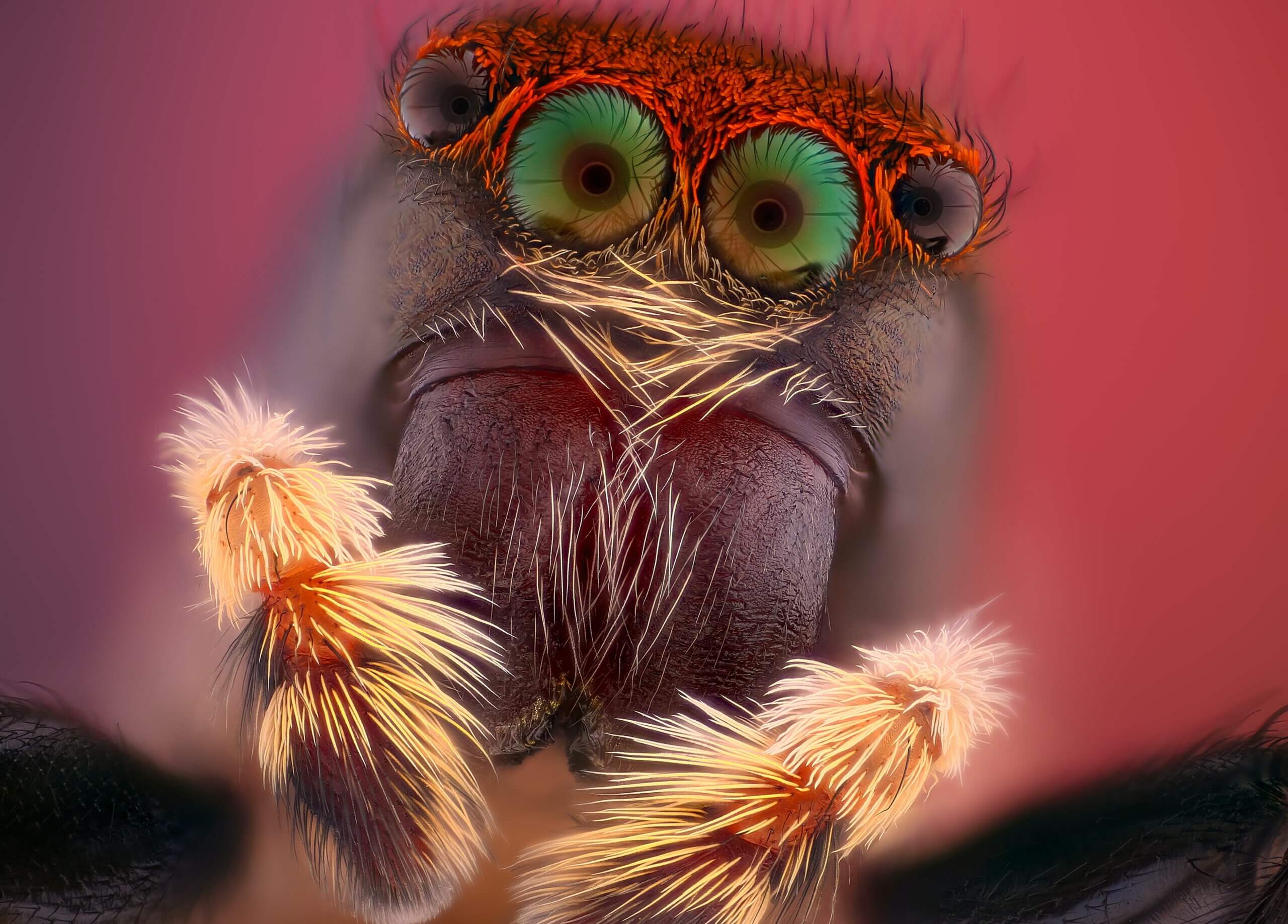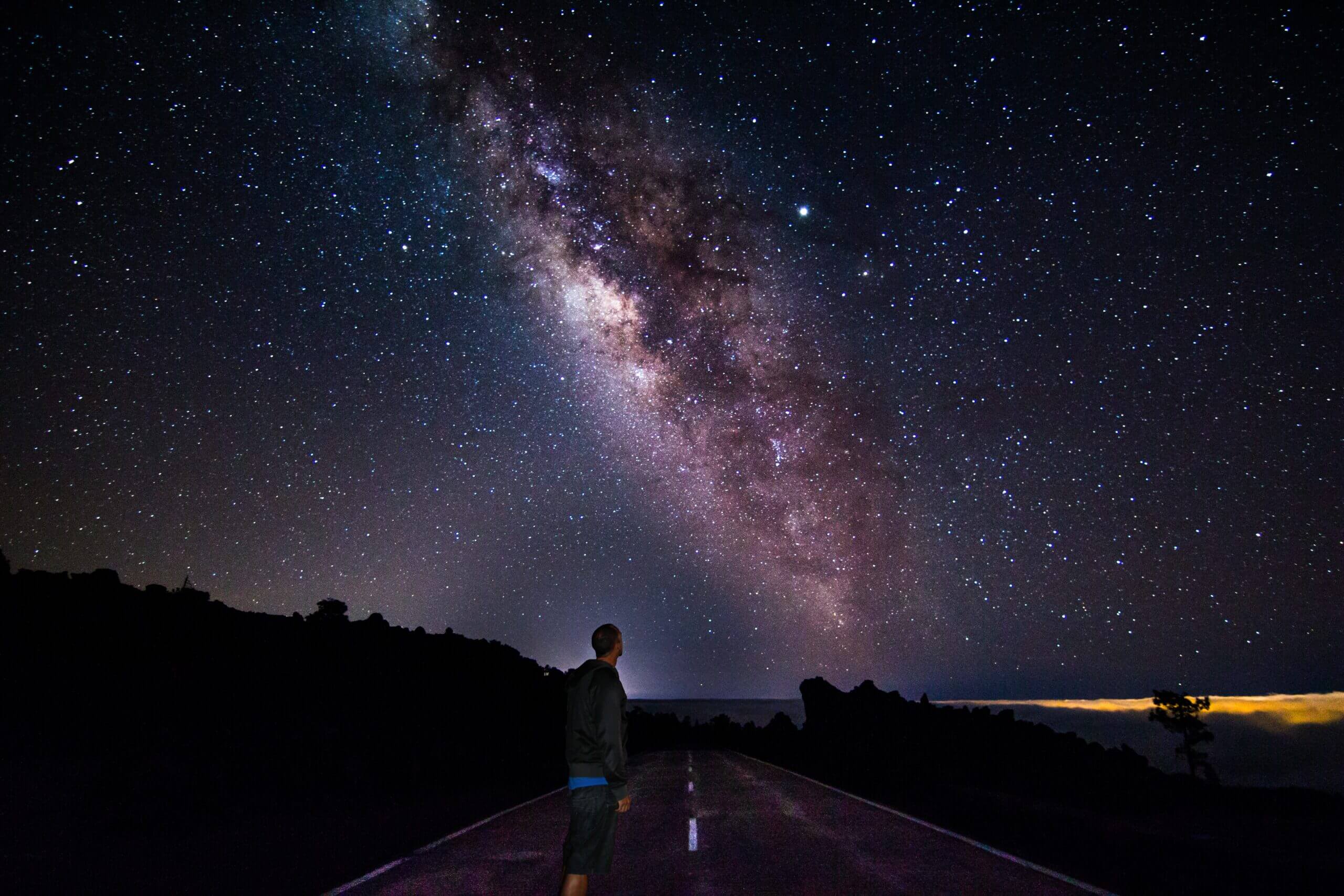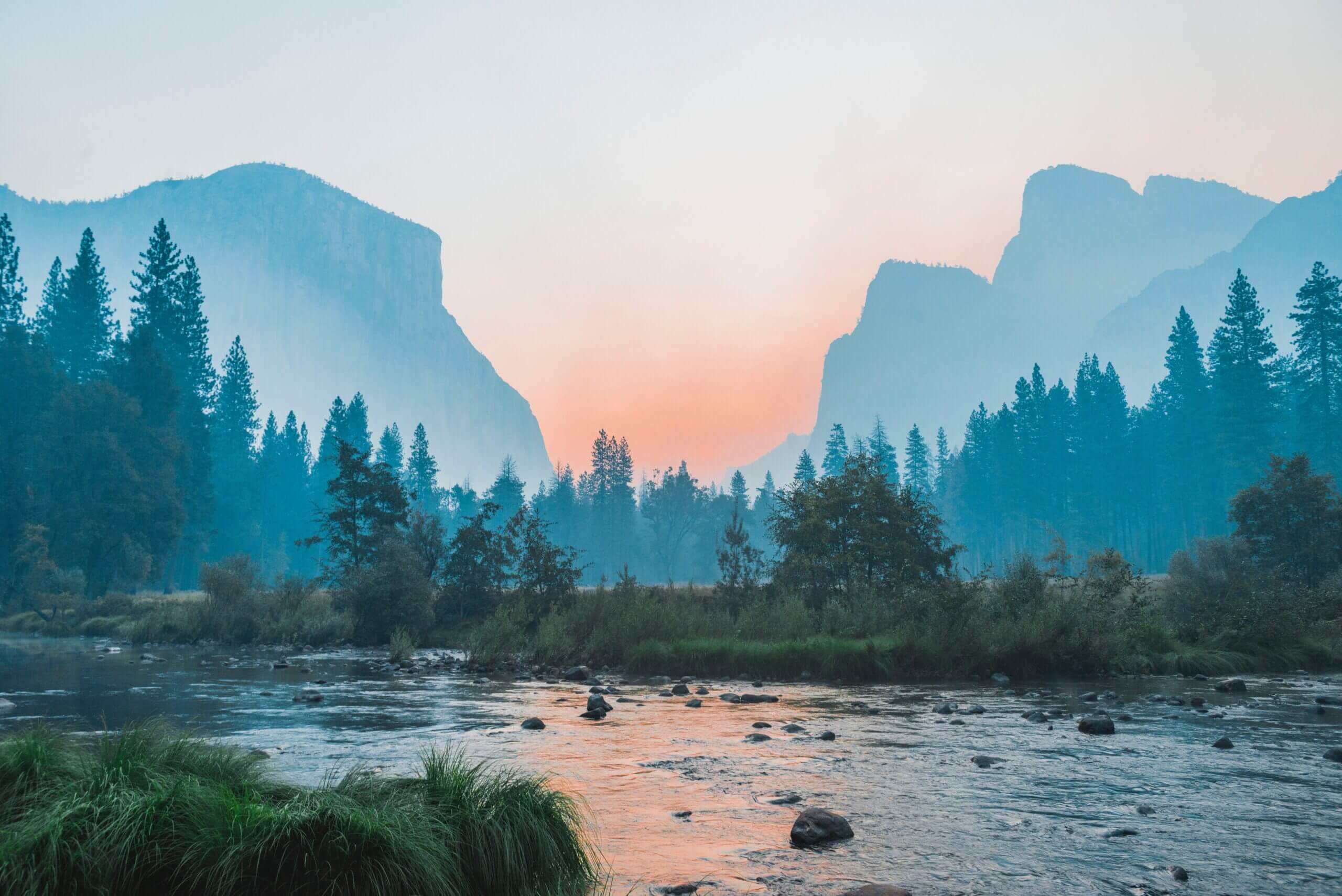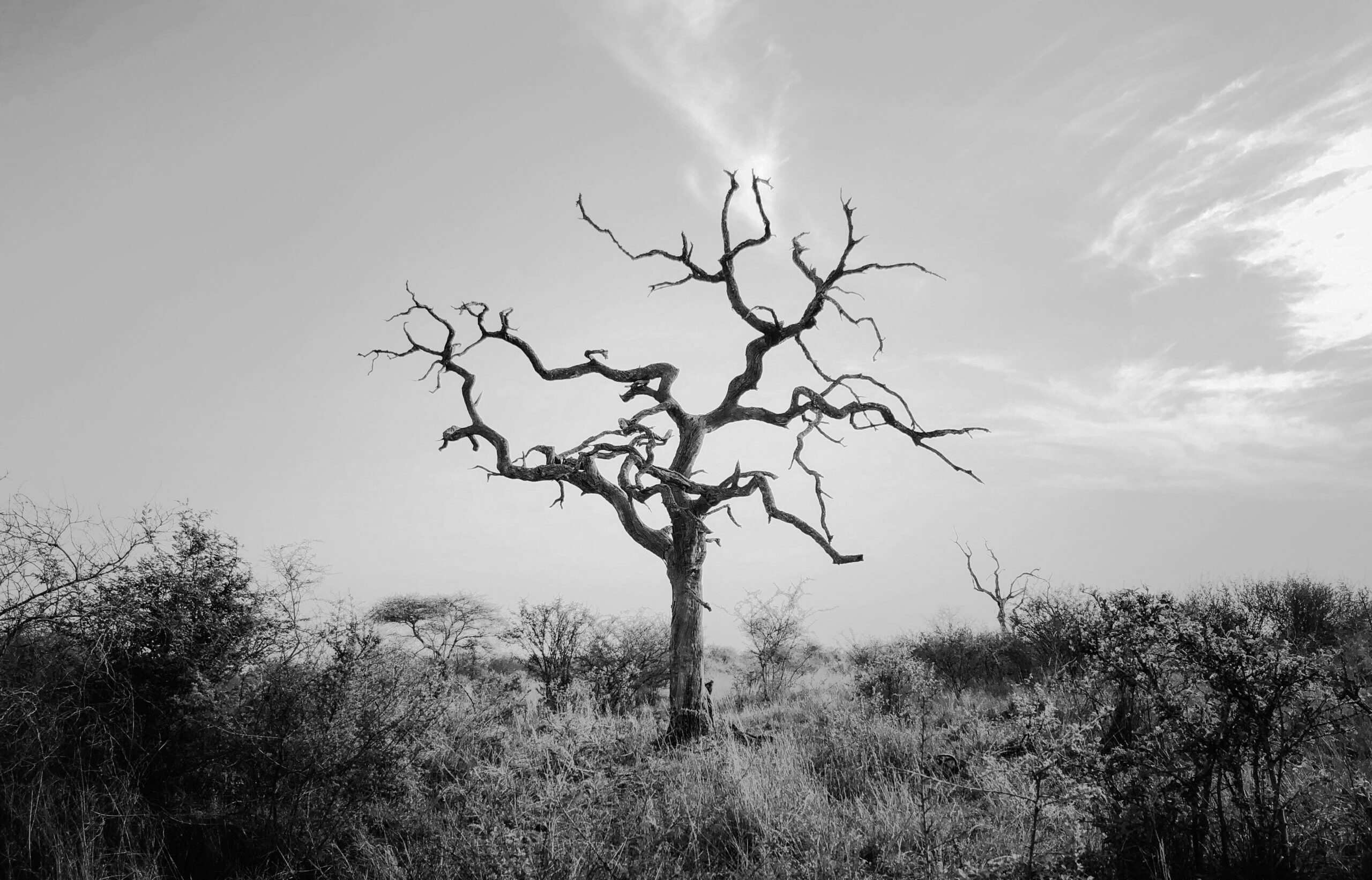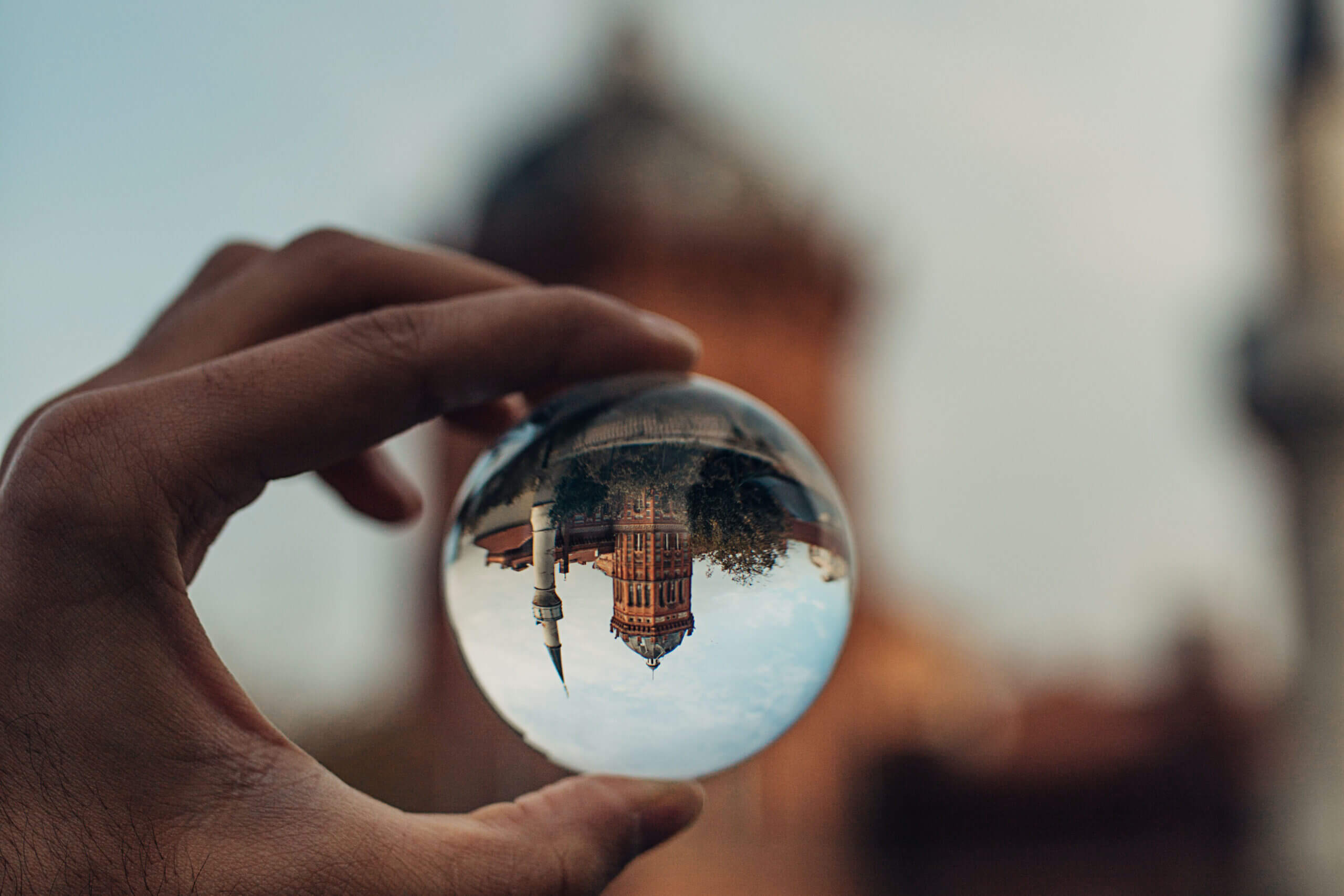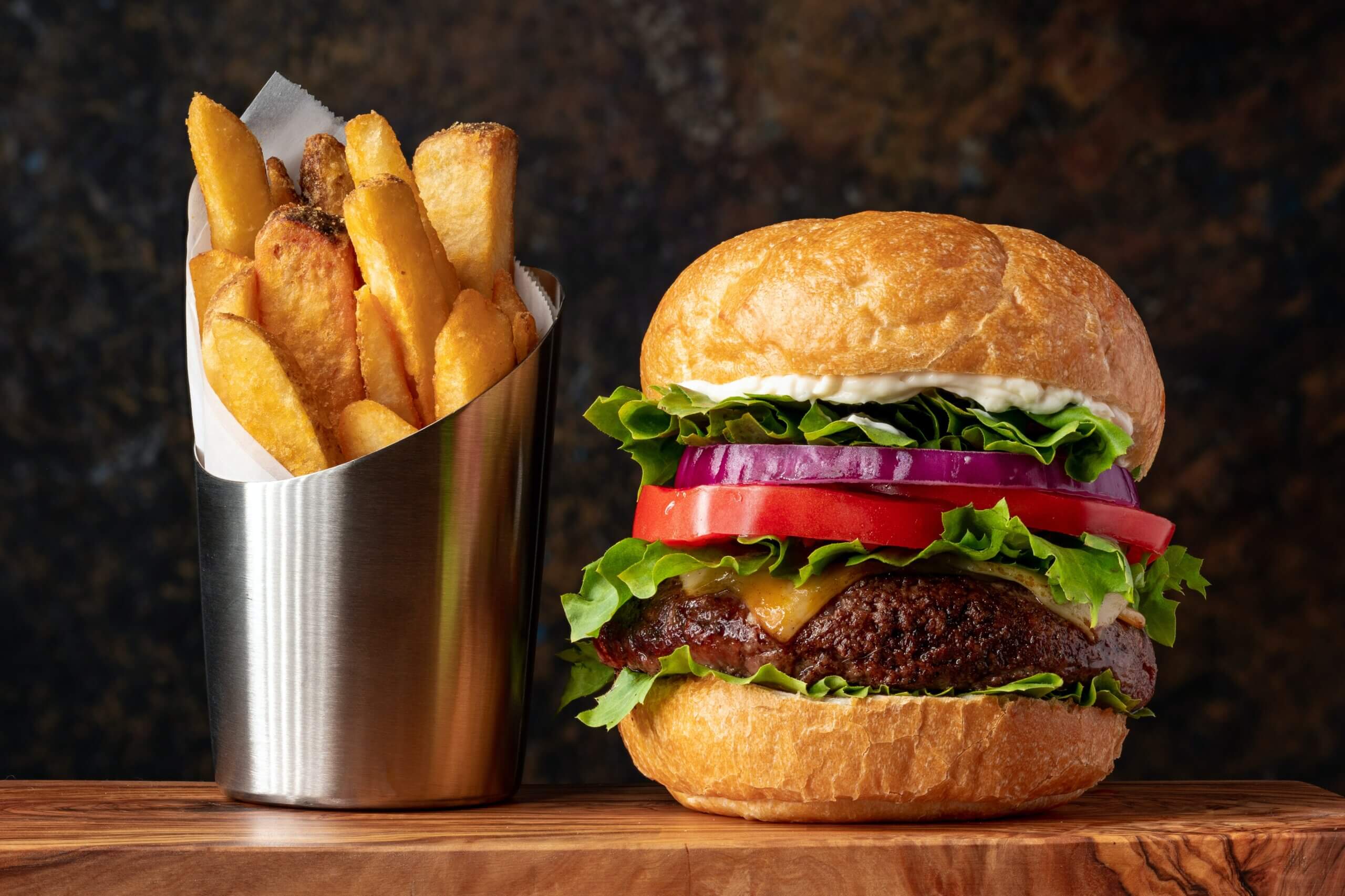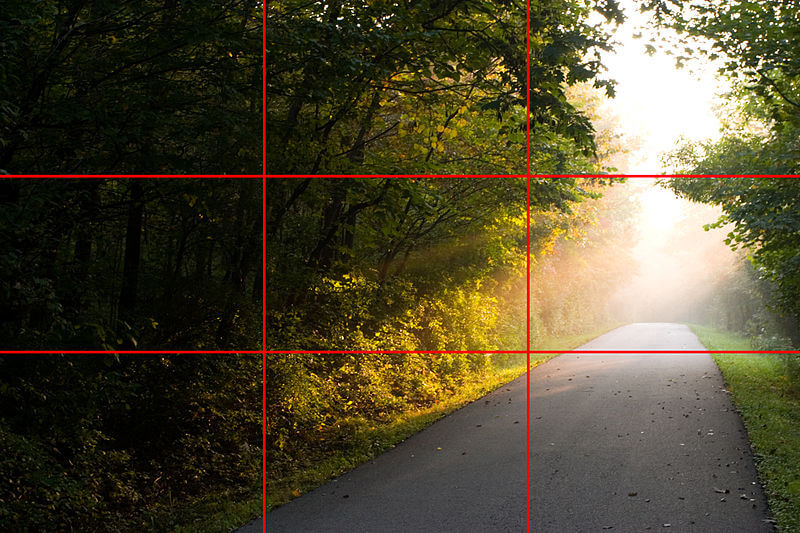Macro Photography: Tips and Techniques
What is Macro Photography?
Macro photography is the art of capturing close-up images of small subjects, often with a magnified view. This type of photography can be incredibly rewarding, as it allows you to reveal the intricate details and beauty of subjects that might normally go unnoticed.
Choosing the Right Lens
When it comes to macro photography, the right lens is crucial. You’ll want a lens with a high reproduction ratio, which means it can capture subjects at a much closer distance than a standard lens. There are two types of macro lenses: prime and zoom. Prime lenses have a fixed focal length, which means they cannot zoom in or out. They are typically sharper and faster than zoom lenses, making them a popular choice for macro photography. Zoom lenses, on the other hand, offer more flexibility as they can be adjusted to different focal lengths.
Using a Tripod
Macro photography often requires a slow shutter speed to capture enough light, which can make it challenging to keep your camera steady. Using a tripod can help you achieve sharp, blur-free images.
Setting Your Aperture
Aperture controls the amount of light that enters the camera and also affects the depth of field (DOF) in your images. In macro photography, you typically want a shallow DOF to create a soft, blurred background and make your subject stand out. To achieve this, set your aperture to a low f-number (e.g. f/2.8 or f/4).
Adjusting Your ISO
ISO measures the sensitivity of your camera’s sensor to light. If you’re shooting in low light conditions, you may need to increase your ISO to capture enough light. However, be aware that increasing your ISO can also increase image noise (grainy texture).
Using Manual Focus
In macro photography, it’s important to focus on a specific point in your subject. Autofocus can sometimes struggle to lock onto small subjects, so it’s often best to switch to manual focus and adjust the focus manually.
Experimenting with Lighting
Lighting can greatly impact the mood and atmosphere of your macro photos. Try using different light sources, such as natural light or off-camera flash, to create different looks.
Paying Attention to the Background
In macro photography, the background can be just as important as the subject itself. Keep an eye on the background and try to minimize distractions or clutter.
Getting Close
One of the key aspects of macro photography is getting close to your subject. Use the minimum focusing distance of your lens to get as close as possible, and consider using extension tubes or a close-up filter to get even closer.
Conclusion: Experiment and Have Fun!
By following these tips and techniques, you’ll be well on your way to capturing stunning macro photos. Don’t be afraid to experiment and try new things – that’s part of the fun of macro photography. Happy shooting!

